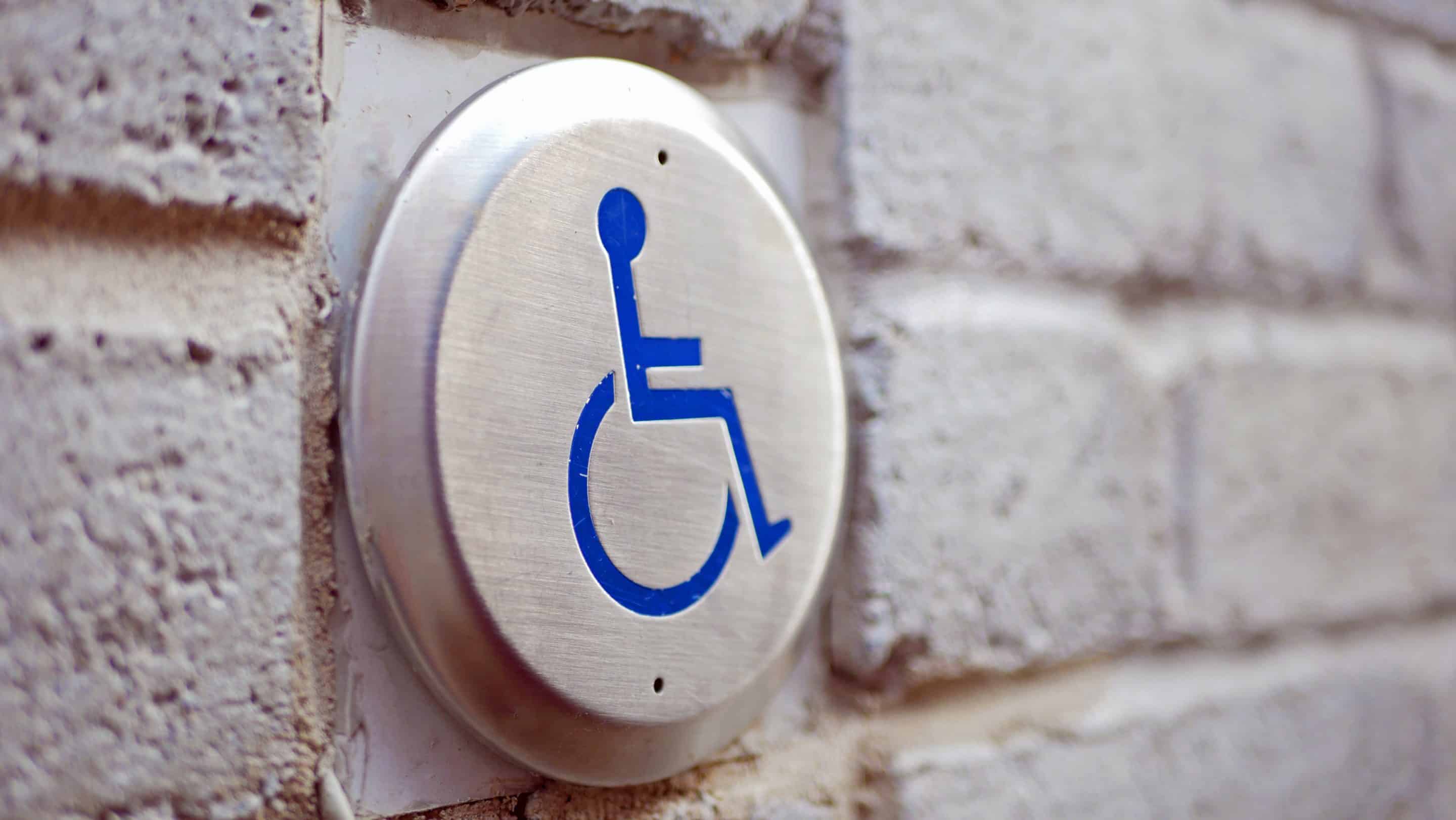Introduction
Designing a home for everyone is not an easy feat for home renovation contractors. From considering different accessibility needs to finding ways to make everyone feel included and welcome, there are many factors to consider when creating a universal design home. Making sure that everyone can access your home and its features is just as important as choosing the right interior décor and colour scheme.
Whether you are building from scratch or renovating your existing home, these tips will help you create an accessible and universal design home that will be comfortable for everyone who steps into it. Read on to learn more about the elements of a universal design home, as well as how you can ensure that your house accommodates all types of visitors.
What is home accessibility design?
Accessible design is about making sure that everyone, regardless of ability, can access and use products and services. This includes people with disabilities, older adults, children, and many others. home renovation contractors achieve this by following certain principles and guidelines.
In recent years, there has been a shift in thinking about home accessibility and accessible design. Rather than being an afterthought or something that only benefits a small group of people, accessible design is now seen as an essential part of creating products and services that work for everyone. This change in thinking is driven by the recognition that we all have different needs and abilities, and that we all benefit when products and services are designed to be accessible to as many people as possible.
There are many benefits to accessible design. For example, it can make products and services more user-friendly for everyone. It can also make them more affordable since there is no need to create separate versions for different groups of people. In addition, accessible design helps create a more inclusive society where everyone can participate fully in everyday life.
The principles of accessible design can be applied to any type of product or service, from websites to buildings to transportation systems. When designers keep accessibility in mind from the start of a project, they are more likely to create products and services that work well for everyone.
What is universal design?
Universal design is an approach to design that considers the needs of all users, regardless of their age, ability, or circumstance. It seeks to create products, environments, and experiences that are accessible and usable by as many people as possible. Universal design is often used in the home renovation contractors environment, but can also be applied to products, services, and information technology.
There are seven principles of universal design: equitable use, flexibility in use, simple and intuitive use, perceptible information, tolerance for error, low physical effort, and size and space for approach and use. These principles can be applied to any design project to make it more accessible and user-friendly.
When designing a home with universal design in mind, there are a few things to keep in mind. First, all doors should be wide enough to accommodate wheelchair users or those with mobility impairments. All rooms should have ample lighting and clear signage so that people with visual impairments can navigate easily. hallways and stairways should have handrails to help those with balance issues or mobility impairments. And finally, all homes should have at least one no-step entryway to provide easy access for everyone.
By following these tips, you can create a home that is safe and welcoming for everyone.
Creating an accessible and universal design home for home renovation contractors
There are a number of things to consider when creating an accessible and universal design home. Here are some tips to get you started:
- Think about the layout of your home and how people will move through it. Consider widening doorways, installing ramps or stairlifts, and making other home accessibility modifications to make it easier for people with mobility issues to move around.
- Consider the needs of people with sensory impairments when designing your home. For example, make sure hallways are well-lit and that there is a clear path from one room to another. Use contrasting colors to make stair edges more visible, and install handrails in hallways and bathrooms.
- Make sure all areas of your home are well-ventilated and free of potential hazards such as sharp edges or loose carpeting. Install adequate lighting throughout the house so that people can see where they are going, even if they have vision impairments.
- Pay attention to acoustics when planning your home’s design – sound can be amplified in certain areas or bounce off hard surfaces, causing problems for people with hearing impairments. Use carpeting and soft furnishings to help absorb noise, and consider installing sound-proofing materials in problem areas.
- If you have children with special needs, think about their specific requirements when designing your home. For example, you may need to create a safe “quiet space” for them to retreat to.
- Hire professional home renovation contractors like Shift Accessibility to make expert recommendations. And construct it properly.
The benefits of an accessible and universal design home
There are many benefits to an accessible and universal design home, including:
– Increased independence for those with disabilities or limited mobility
– Improved quality of life for residents of all ages and abilities
– Enhanced resale value and appeal to a wider range of potential buyers
An accessible and universal design home can provide greater independence for those with disabilities or limited mobility. By eliminating barriers and providing more opportunities for people to live independently, these homes can improve the quality of life for residents of all ages and abilities. In addition, an accessible and universal design home typically has enhanced resale value due to its wider appeal to potential buyers.
Tips for creating an accessible and universal design home
When designing or modifying a home to make it more accessible and universal, there are several things to keep in mind. First, consider the needs of all potential users, not just those with disabilities. This includes people of different ages, sizes, and abilities. Second, try to design for as many potential uses as possible.
This means making doorways wider, hallways clear of obstacles, and providing adequate lighting throughout the home. Third, choose materials and finishes that are durable and easy to clean. fourth, install grab bars and other assistive devices in strategic locations throughout the home. fifth, make sure all controls (light switches, doorknobs, etc.) are within reach and easy to use.
Sixth, plan for future needs by incorporating features such as ramps or stair lifts into the design of your home. By following these tips, you can create a home that is safe and comfortable for everyone who lives in it.
Hiring home renovation contractors can help determine all possible needs for a home accessibility project.
Resources for creating an accessible and universal design home
There are many resources available to help you create an accessible and universal design home. The City of Winnipeg has several publications on designing for accessibility, including the Universal Design Toolkit. The Universal Design Network of Canada also has a range of resources on their website, including fact sheets and guidance on choosing home accessibility equipment.
In the US, the Department of Housing and Urban Development has an Office of Fair Housing and Equal Opportunity which provides resources on accessible housing design, including the Fair Housing Accessibility FIRST program.
Conclusion
We hope these tips for home accessibility and universal design home have been helpful. By making a few simple changes, you can create a living space that is both functional and inviting to everyone who visits your home. With today’s technology, there are many resources available to help you plan out your remodel or renovation project so don’t hesitate to reach out to our home renovation contractors if you need any assistance. Your family, friends and visitors will thank you for creating a safe environment that accommodates all types of requirements – now that’s something worth celebrating!

